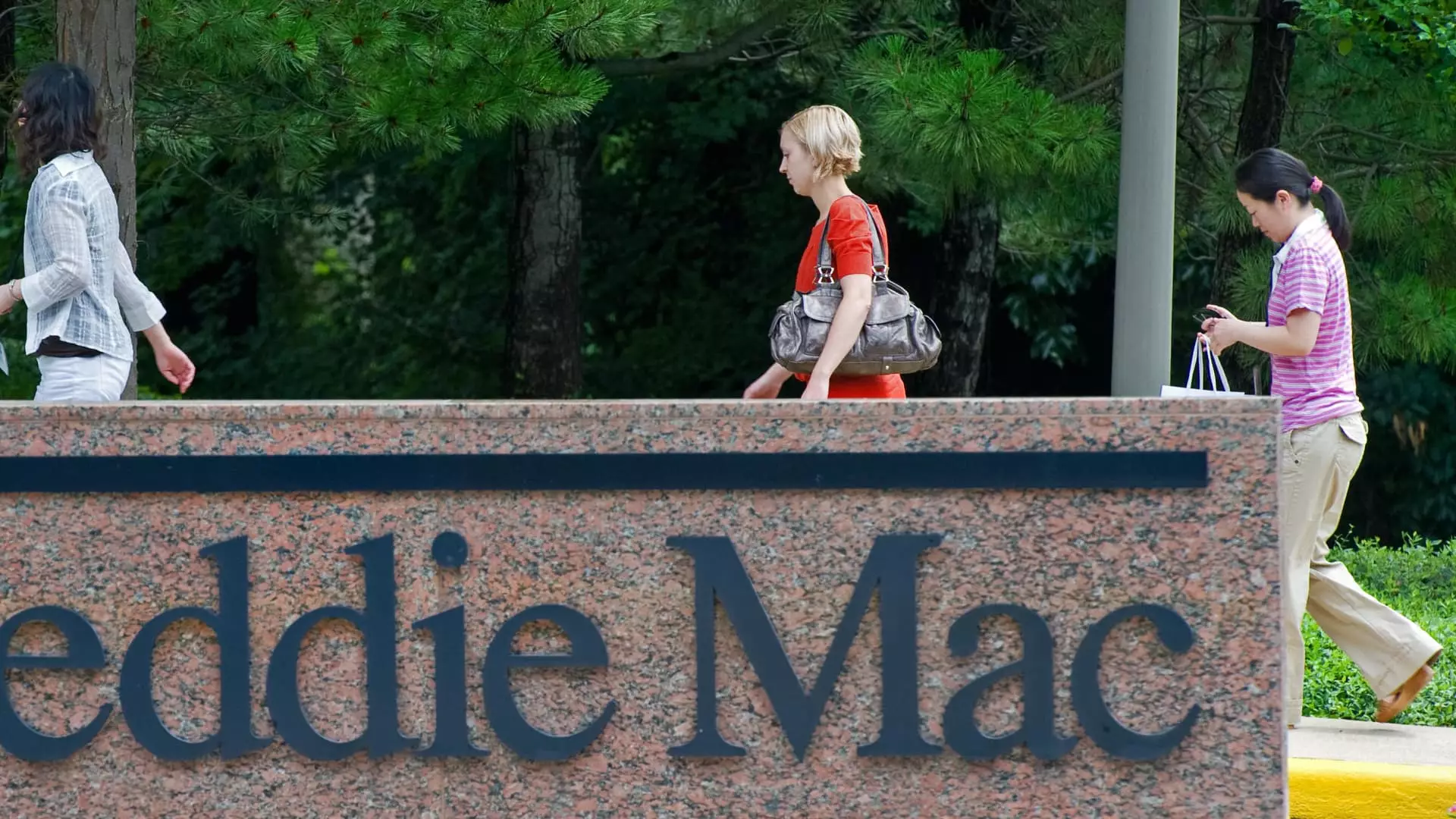The discussion surrounding the future of Fannie Mae and Freddie Mac, two prominent entities in the U.S. mortgage finance landscape, has gained renewed attention under the current administration. These government-sponsored enterprises (GSEs) have been under federal conservatorship since 2008, following a turbulent period marked by the housing crisis. As the conversation shifts towards potential privatization, a myriad of implications arises, affecting everything from mortgage rates to the overall housing market dynamics.
The Background: Conservatorship’s Context and Purpose
Established with the intent to stabilize the housing market and promote homeownership, Fannie Mae (Federal National Mortgage Association) and Freddie Mac (Federal Home Loan Mortgage Corporation) have played a critical role in providing liquidity to mortgage lenders. The turbulent economic conditions of the late 2000s revealed the systemic risks associated with their operations, leading to a government intervention that placed them under conservatorship—a mechanism intended to facilitate recovery and safeguard the broader economy. Over the years, this arrangement has sparked debates about the longevity of government control over these firms and the potential risks of releasing them.
As discussions about the future of Fannie Mae and Freddie Mac resurge, particularly during President Trump’s current term, the nuances of privatization are coming front and center. While the previous administration attempted to shepherd these firms into the private market, the complexities were far too extensive to navigate effectively. Presently, the stakes are higher, with experts warning that a move towards privatization could have significant repercussions, including higher mortgage rates and increased risks for investors.
In recent agreements between the Federal Housing Finance Agency (FHFA) and the Treasury Department, terms were amended to support a potential exit from conservatorship. However, observers remain cautious, raising questions about the feasibility and implications should this transition actually take place. Economists and financial analysts highlight that the impact of releasing these GSEs into the private market will depend not only on government oversight post-privatization but also on how effectively the transition is managed.
One of the primary concerns surrounding the privatization of Fannie Mae and Freddie Mac is how this might influence mortgage rates. Experts like Mark Zandi of Moody’s Analytics emphasize that the end of government support could lead to increased borrowing costs. As the risks associated with mortgage-backed securities grow, lenders are likely to elevate interest rates to offset this uncertainty.
The data supports this prediction: mortgage affordability is already a pressing issue, as many Americans continue to rely on financing options for home purchases. While there has been a notable increase in all-cash transactions, the bulk of homebuyers still depend on loans. With rising interest rates, not only would borrowing become more expensive, but it would likely translate into broader challenges within the housing market.
The potential fallout from the privatization of Fannie Mae and Freddie Mac could exacerbate the already tenuous situation for many stakeholders involved in the housing market. The immediate beneficiaries of such a move could primarily be the shareholders of these GSEs, who are lobbying for a profitable exit from conservatorship. However, for taxpayers and homebuyers, the implications are less favorable. Nearly 70% of the U.S. mortgage market relies on these two firms, and any shift in their operational structure could destabilize what many consider to be the backbone of the mortgage finance system.
Additionally, experts warn that without careful management, this transition could lead to another financial crisis. The original flaws that led to the housing crash have not been entirely eradicated, and without proper oversight forms, history could repeat itself.
The Path Forward: Caution is Key
While advocates for reform indicate that privatization could unlock substantial profits for the government and lessen liabilities, a cautious approach is imperative. The intricate web of partnerships across the federal and private sectors includes various stakeholders, from the Treasury to the Department of Justice. If not executed with careful consideration, the road to privatization may very well lead to economic consequences detrimental to taxpayers and the housing market alike.
The future of Fannie Mae and Freddie Mac remains uncertain as debates intensify around their privatization. With the potential for increased mortgage rates and heightened systemic risk, a clear understanding of the implications for stakeholders across the board will be essential as policymakers navigate this fractious terrain. The cautious optimism that may surround discussions of privatization must be tempered with a reality check; ensuring that lessons from the past are not forgotten will be crucial as these powerful institutions edge closer to the possibility of release from federal oversight.

